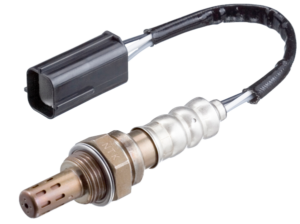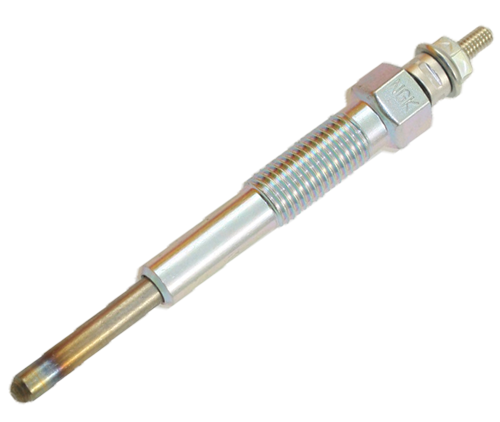One Oxygen Sensor does not fit all!
Direct-Fit (OEM Specification) or Universal (Commonise)
Every vehicle is unique with its engine design, capacity, coding and manufacturing period, and therefore requires specific oxygen sensors.
Oxygen sensors are designed with a variety of different internal ceramic elements and heaters, wiring lengths and connectors, specifically engineered and manufactured to ensure your engine operates at its optimum fuel efficiency, while at the same time producing as few emissions as possible.
Installing a universal or generic oxygen sensor can be very detrimental to your vehicle, as particular sensor differences are explained below:
Ceramic Element
| Differences | Potential Problems | Result |
| Element Plating | Voltage values, response times and frequency can vary | ECU rejects sensor, increased fuel usage and emissions, premature catalytic convertor failure |
| Element Anti-Poisoning Prevention | Lifetime and response time can be affected | ECU rejects sensor, premature sensor failure |
Heater
| Differences | Potential Problems | Result |
| Voltage Level | Heater may never reach operating temperature, or too much voltage may be supplied | ECU rejects sensor, premature heater and element failure due to excessive voltage |
| Light-Off Time | Sensor may light-off too quickly, or take too long to reach operating temperature | ECU rejects sensor, Increased fuel usage and emissions |
| Heater Element Design | Heat could be concentrated at the element tip, or distributed evenly | ECU rejects sensor, delayed closed-loop mode |
| Duty Cycle | High voltage heaters require a duty cycle to ensure the heater is not energised all the time. | ECU rejects sensor, premature heater and element failure due to excessive voltage |
Please note: NTK sensors vary in heater resistances: 2 – 13.3Ω
NTK has an extensive Australian and New Zealand range of oxygen sensors that are manufactured ‘Fit for Purpose’. Each oxygen sensor has its own unique characteristics specific to its application. One generic oxygen sensor that may appear to be the same cannot be used to replace a range of these specific oxygen sensors. There are many key elements that cannot be seen from visual inspection, usage of a generic oxygen sensor will result in a compromise of fuel efficiency, exhaust emissions and engine performance.





























